25 Epic Buildings That Were Never Constructed
See the whole thing here
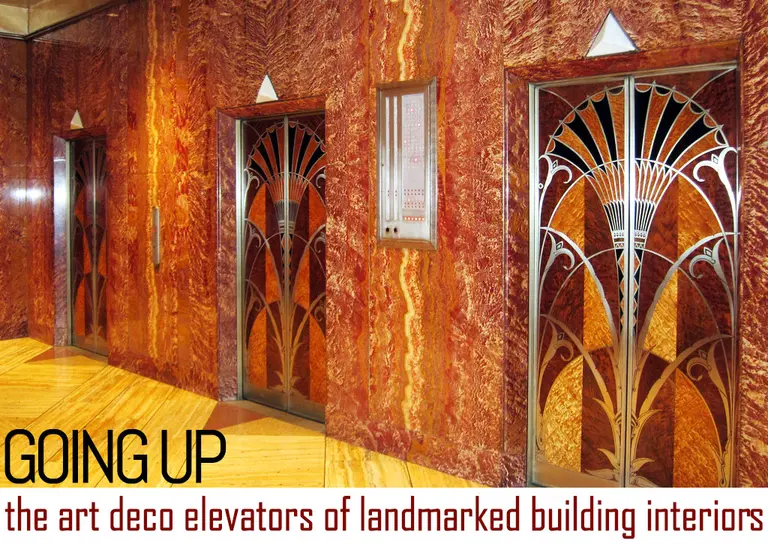
Chrysler Building elevators via Wally Gobetz on Flickr
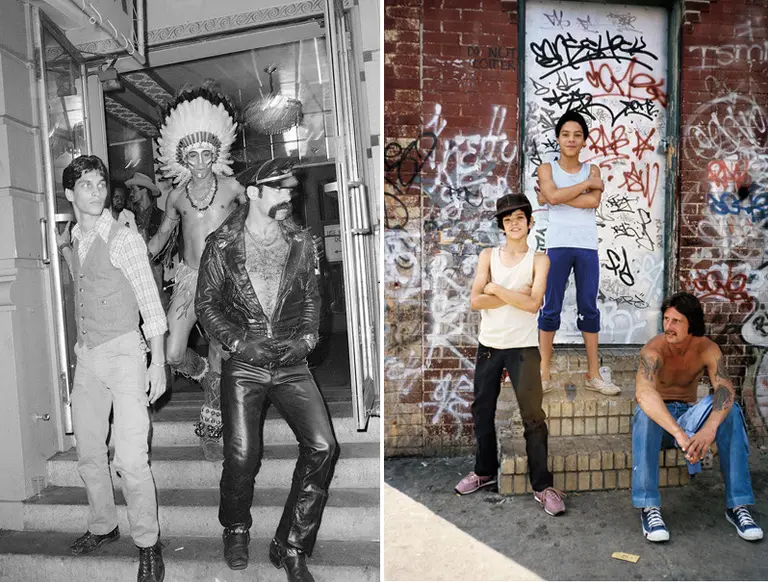
The Village People Stepping Out, The Grand Ballroom, NY, NY, June 1978 (l); Three Amigos, Bushwick (r). By Meryl Meisler.
If you’ve ever wondered what subway lines were the first to appear in NYC, this cool animated map has all the answers and then some. Created by Appealing Industries via Paste Magazine (h/t Untapped), the map shows the evolution of the city’s various lines over the 100-plus years that it’s been in operation. Surprisingly, Brooklyn is the first to see action on […]
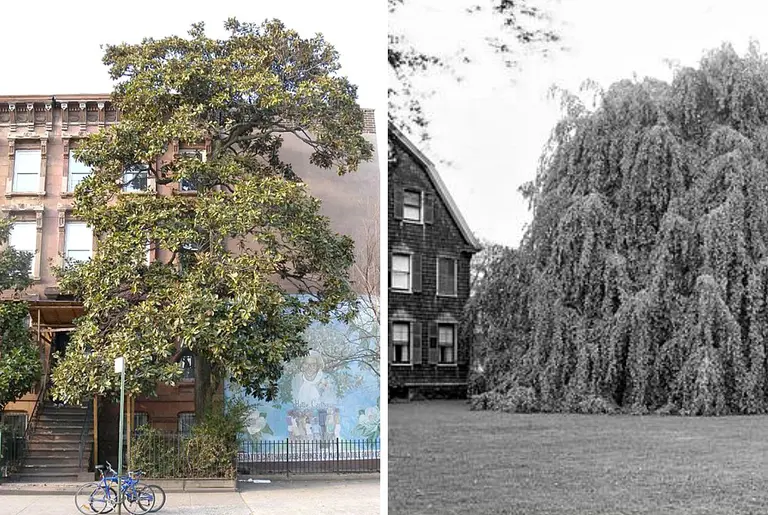
Magnolia Grandiflora via Wiki Commons (L); Weeping Beech Tree via NY State Archives (R)
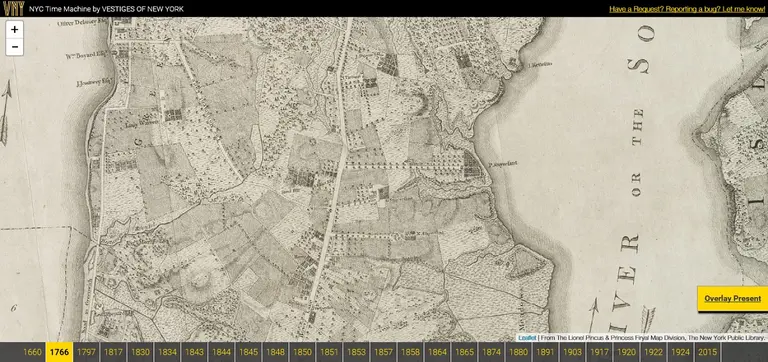
A 1776 map that shows Peter Stuyvesant’s farm in the present-day East Village
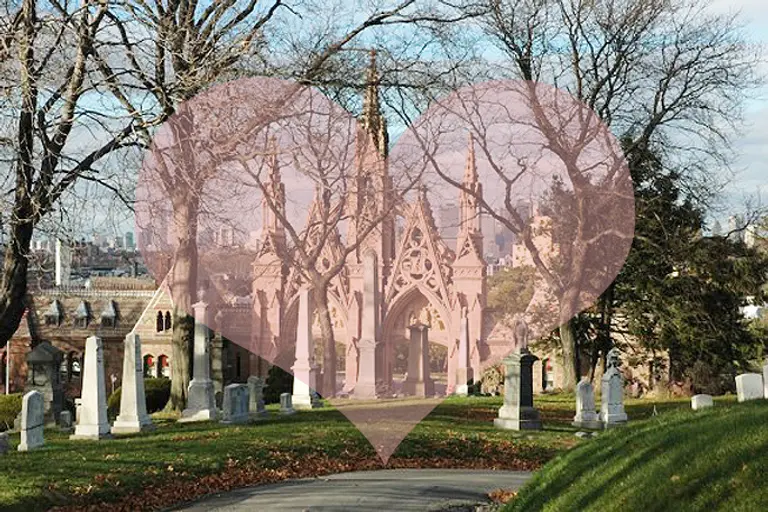
Expect conditions to be a little more, um, icy. Photo courtesy of Green-Wood Cemetery
What could be more romantic than a cozy mid-winter afternoon trolley ride through one of NYC’s most interesting national historic landmarks, Green-Wood Cemetery? Celebrate this most romantic of holidays with a bit of a gothic twist: Expert guide Ruth Edebohls will lead a tour highlighting historic power couples, romantic monuments and tales of love everlasting, both triumphant and grim. You can also view Civil War love letters […]
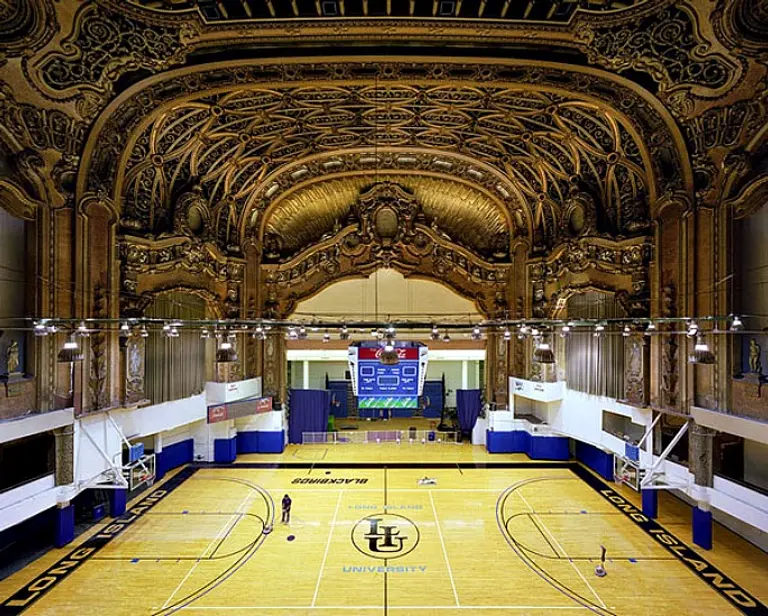
© NYCAGO
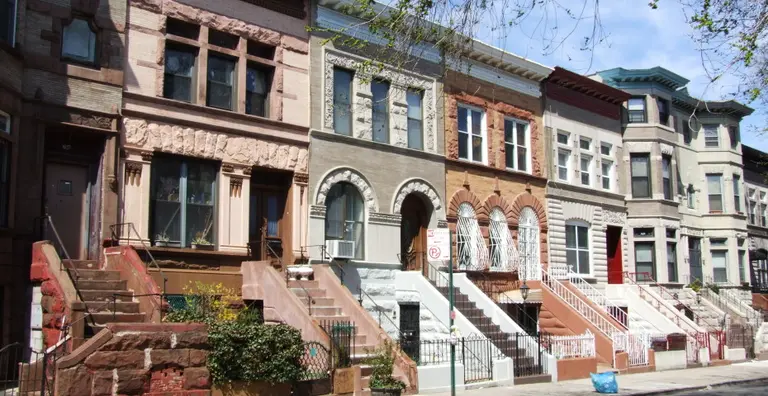
Image via the Historic Districts Council